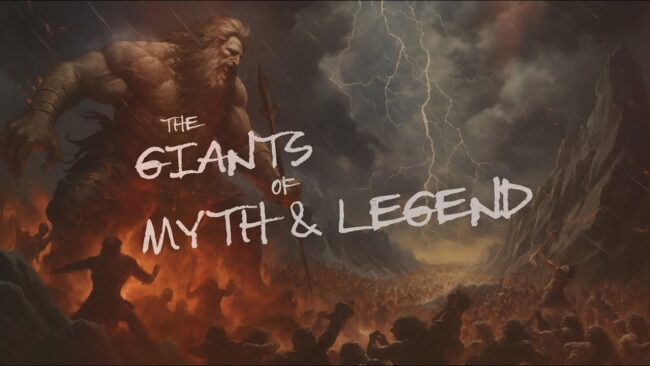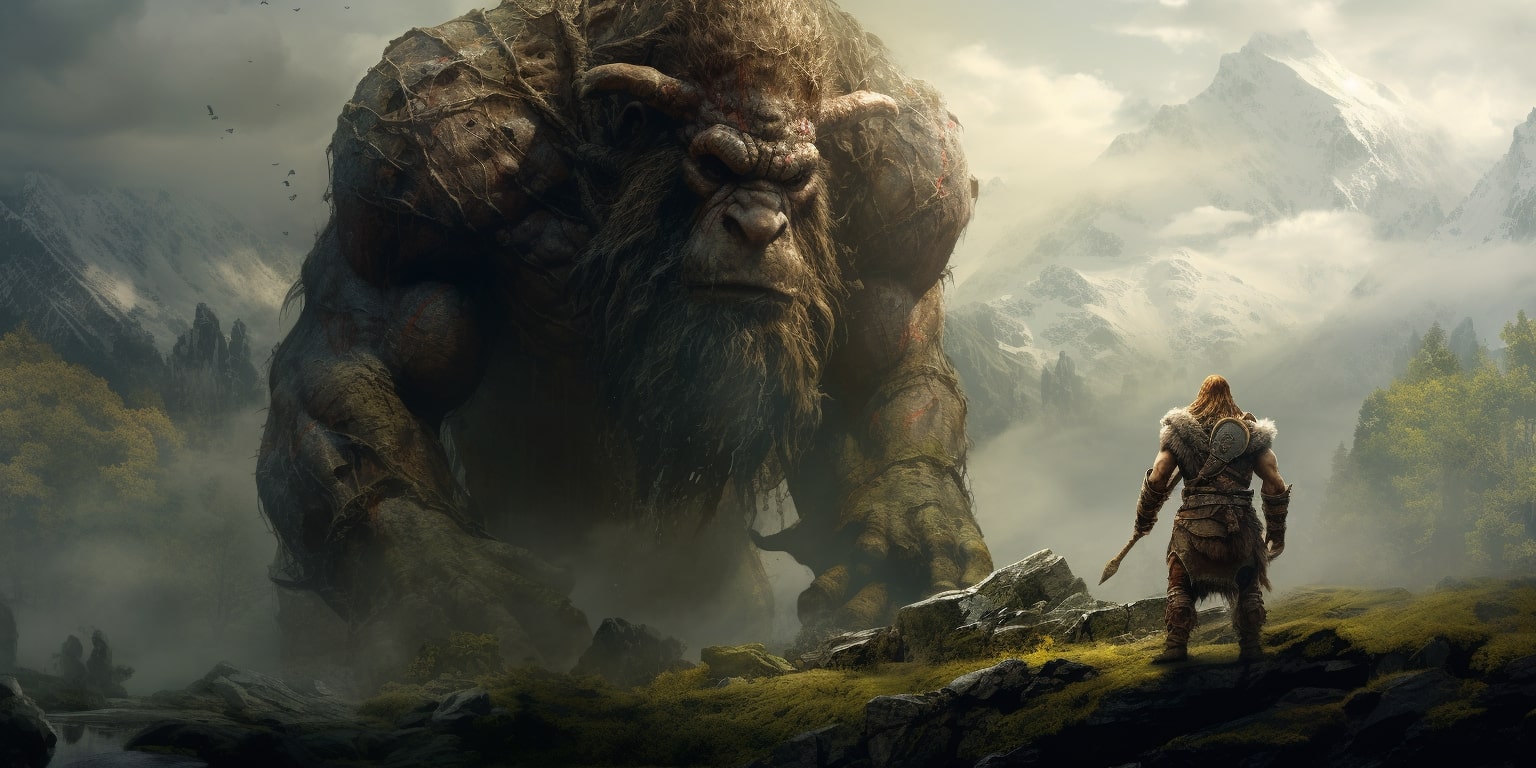The idea of a Huge Titan—a being of immense size and power—has held human imagination captive for millennia. From the colossal gods of ancient mythol
The idea of a Huge Titan—a being of immense size and power—has held human imagination captive for millennia. From the colossal gods of ancient mythologies to the largest creatures that ever lived, and even to modern stories filled with enormous creatures and machines, the concept of the Huge Titan is timeless. This fascination is more than just about size; it’s about what titans symbolize: raw strength, primal forces, and the eternal struggle between chaos and order.
In this article, we will dive into the rich origins of Huge Titans in mythology, explore their real-world counterparts in nature, investigate their representation in popular culture, and discuss the psychological and symbolic reasons for their enduring appeal.
Must visit: tradeinfinite

The Mythical Titans: Giants of Legend and Lore
The term “Titan” originates from Greek mythology, describing a race of colossal deities who ruled the cosmos before being overthrown by the Olympian gods. But the archetype of the huge giant extends far beyond Greece.
Greek Titans: The Elder Gods
The Titans were children of Uranus (Sky) and Gaia (Earth), embodying elemental powers. Prominent Titans include Cronus (time), Oceanus (the ocean), and Hyperion (the sun). They were enormous, powerful beings who ruled the universe in the mythological “Golden Age.”
The Titanomachy, a war between Titans and Olympians, symbolizes a cosmic transition—the fall of chaotic primordial forces and the rise of a structured world governed by Zeus and his siblings.
Giants and Titans Around the World
- Norse Mythology: The Jötnar or giants are both enemies and kin of the Norse gods, representing natural forces and cosmic chaos.
- Biblical Giants: The Nephilim are described as mighty men of old, mysterious giants born from divine beings and humans.
- Hindu Mythology: Asuras and Daityas, often portrayed as giant demonic beings, symbolize eternal conflicts between good and evil.
- Native American Tales: Various tribes recount stories of giant beings who shaped the land or taught humans important lessons.
The near-universal presence of giant beings in myths illustrates humanity’s fascination with beings that transcend human limitations.
Symbolism and Meaning Behind Huge Titans
The Huge Titan is more than a giant body; it is a symbol:
- Raw Power: Titans embody the unstoppable forces of nature—earthquakes, oceans, storms.
- Chaos and Order: Their battles with gods represent the transition from chaos to a structured cosmos.
- Transformation: Titans symbolize change, often violent but necessary for new beginnings.
- Endurance and Legacy: As ancient beings, they represent forces enduring beyond time.
These symbolic layers make Titans perfect vessels for storytelling and cultural reflection.
Real-Life Titans: Giants in the Natural World
Our fascination with giants is grounded in reality as well, with some of nature’s most massive creatures inspiring awe.
Prehistoric Giants
- Dinosaurs: Argentinosaurus and Patagotitan were among the largest land animals ever, exceeding 100 feet in length and weighing tens of tons.
- Megalodon: A prehistoric shark estimated to grow up to 60 feet long, a true titan of the ocean.
- Ice Age Megafauna: Giant mammoths and saber-toothed cats that dominated their ecosystems.
These creatures echo the colossal scale of mythological titans.
Living Giants
- Blue Whale: The largest animal ever known, reaching lengths of up to 100 feet and weighing over 200 tons.
- Elephants and Giraffes: Large land mammals whose impressive size continues to inspire.
Human Gigantism
A medical condition caused by excess growth hormone leads to abnormally tall humans. While not mythological giants, these individuals remind us of the human body’s potential extremes.
Huge Titans in Modern Popular Culture
The huge titan concept thrives today in films, books, games, and comics.
Literature
From epic fantasies to science fiction, huge titans or giant beings often serve as metaphors for overwhelming challenges or cosmic powers. Series like Percy Jackson revisit Titan myths, blending them with modern themes.
Film and Television
Movies like Clash of the Titans and Wrath of the Titans bring ancient myths to life. The anime Attack on Titan reinvents Titans as terrifying humanoid giants threatening humanity’s survival, exploring themes of fear, war, and identity.
Video Games
Titans appear as massive bosses or playable characters, as seen in Titanfall, Shadow of the Colossus, and God of War, offering epic confrontations and storytelling opportunities.
Comics
Characters like Marvel’s Thanos, the “Mad Titan,” embody the archetype as cosmic villains wielding immense power and influence.
Why Are Huge Titans So Fascinating?
- Awe and Fear: Their scale overwhelms, triggering primal reactions.
- Challenge Personified: Titans symbolize obstacles and adversaries that test courage and resolve.
- Mythic Archetypes: They represent universal themes of struggle, power, and transformation.
- Escapism: Stories of titans allow us to explore worlds beyond ordinary human experience.
Titans in Everyday Language and Metaphor
The word “Titan” is used metaphorically to describe greatness or dominance:
- “Titan of industry” refers to a powerful business leader.
- “Titanic” describes something colossal or overwhelming.
- These usages reflect the deep cultural influence of titan mythology.
Artistic and Philosophical Impact
Artists throughout history have depicted titans to explore human conflict and power, from ancient sculptures to contemporary digital works. Philosophers use the titan archetype to discuss themes like rebellion, authority, and the human condition.
Conclusion
The Huge Titan—whether in myth, nature, or culture—remains a powerful symbol of might, endurance, and transformation. These gigantic beings, real or imagined, speak to fundamental human experiences: the awe of the unknown, the challenge of change, and the desire to confront forces greater than ourselves.
As our world evolves, the legacy of the Huge Titan continues to inspire stories, art, and ideas that remind us of the vastness beyond human scale.
FAQs
Q1: What are Titans in mythology?
A: Titans are primordial giants from Greek mythology who ruled before the Olympian gods and embody elemental forces.
Q2: Are Titans found in other cultures?
A: Yes, many cultures have stories of giants, including Norse Jötnar, Hindu Asuras, and biblical Nephilim.
Q3: What do Titans symbolize?
A: Titans symbolize raw power, transformation, chaos versus order, and enduring cosmic forces.
Q4: Who are some real-world “Titans”?
A: Prehistoric giants like Argentinosaurus and the blue whale, the largest living animal today.
Q5: Why do Huge Titans remain popular?
A: Because they inspire awe, represent monumental challenges, and embody universal themes of power and change.




COMMENTS